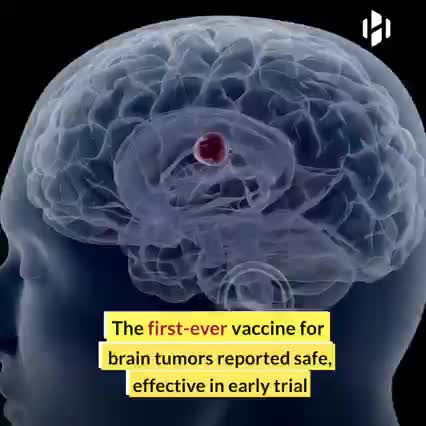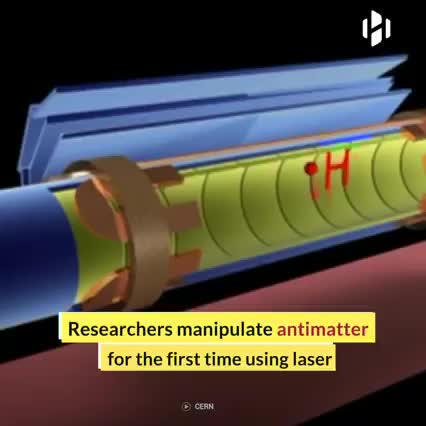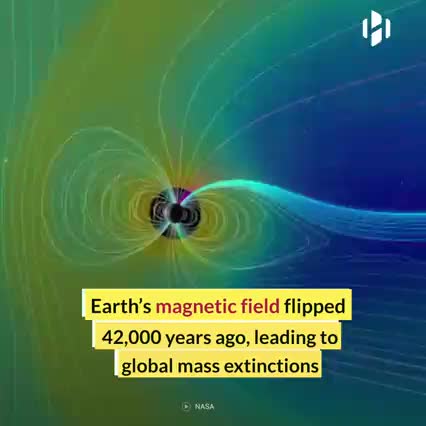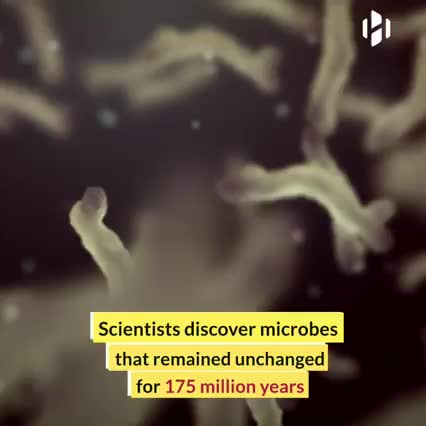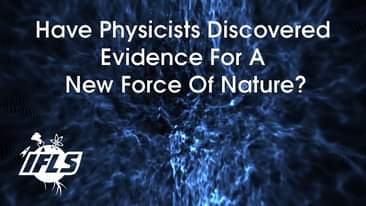Simulation taken to next level!
Earth’s digital twin.
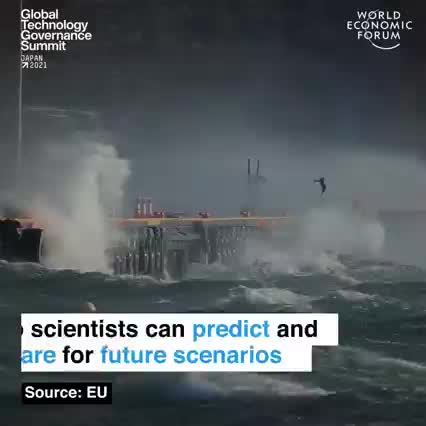


Uber customers will now be able to request an electric vehicle for the first time as the ride-hailing app looks to become fully electric by 2025.
Launching today Uber Green will give passengers in Zone 1 the opportunity to request an electric vehicle at no extra cost.
The journey will cost the same as a regular UberX journey on the app and drivers will receive a higher fare per trip.

